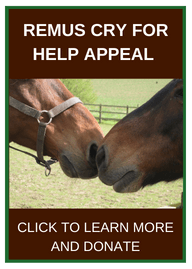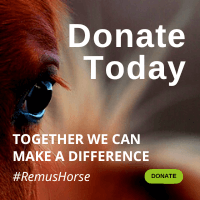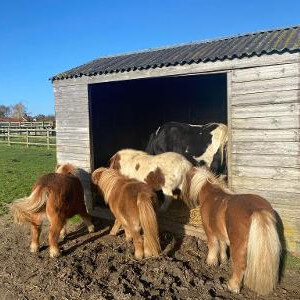
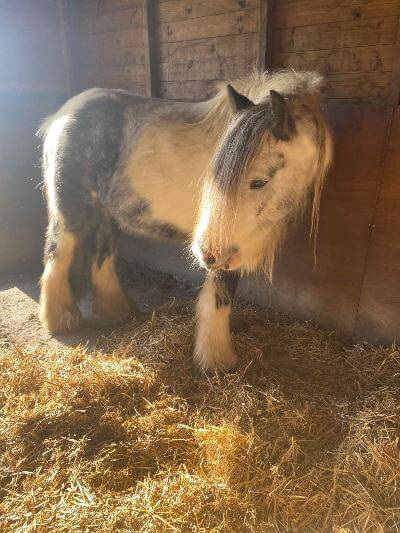
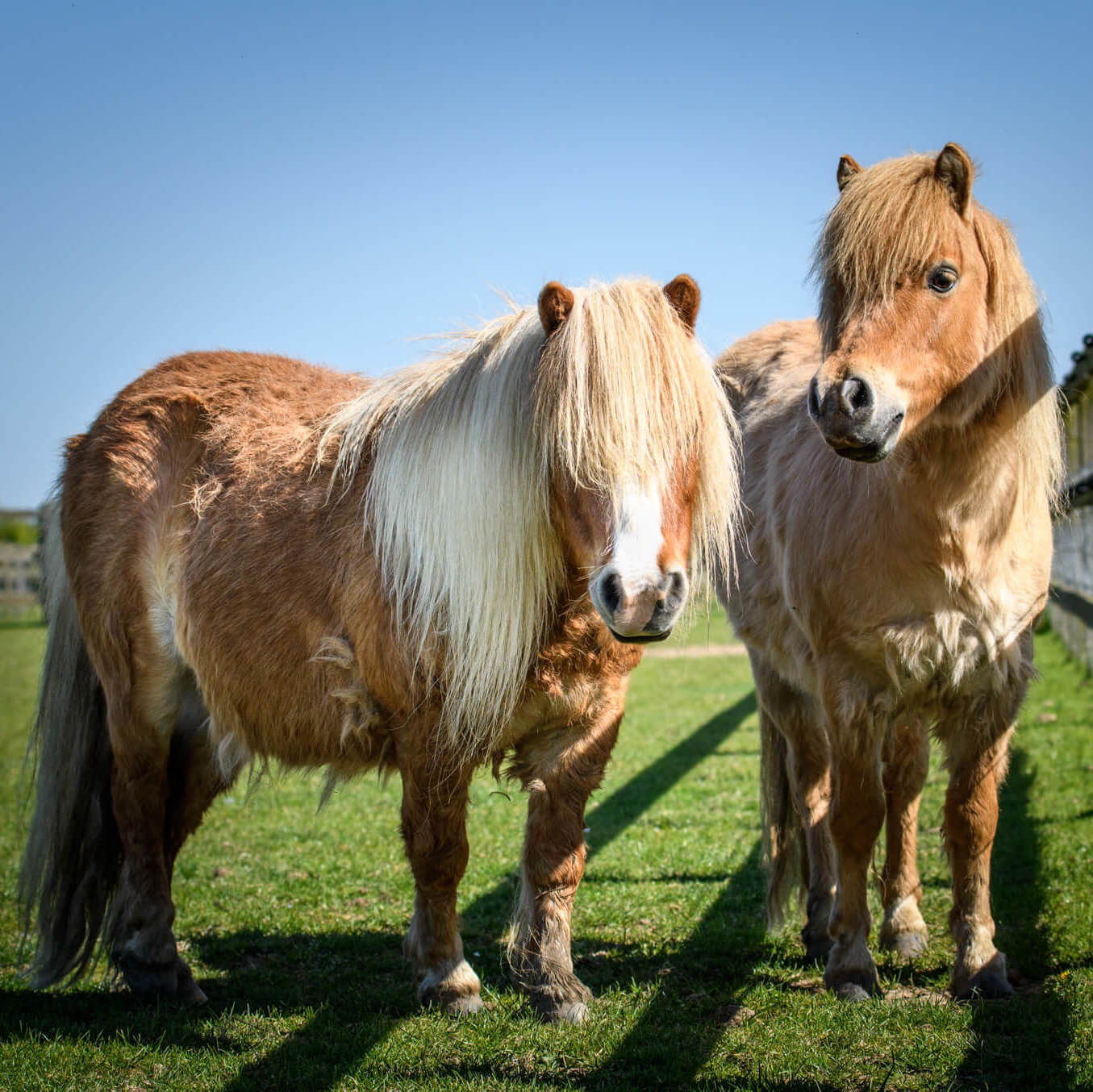
The Problems with Grass Grazing
We are now into winter after a very good summer for grass growth. That means it’s time to put some of the horses and ponies back to their original fields after being kept in on limited grazing for the last 6 months.
This is always a very exciting affair for both us and them to enjoy. Being cooped up this long is unusual given the good weather we have enjoyed this year – good for the grass to grow at least. It was wet and warm for long periods, which is ideal for the fields.
Unfortunately for a lot of our individuals, this flush of grass brings about laminitis, a serious health concern which can ultimately, if left unmanaged, lead to severe pain and even death
Laminitis is defined as ‘Inflammation of the laminae of the hooves causing lameness, often severe’. This inflammation is caused by the increased sugar levels in the grass which some individuals’ bodies can’t deal with. It therefore becomes damaging in the bloodstream, especially around the pedal bone in the foot, which in severe cases can rotate and penetrate downwards through the hoof at the bottom.
To avoid these problems during the spring months when the grass becomes very lush and high in sugar, we take all of our problem horses off these pastures and move them to areas of poor grass growth or bare paddocks that are coated with woodchip. We then carefully control their diet with hay to supplement the grazing they are losing and monitor them closely over the next few months.
Find out more about laminitis and visit our website for some winter advice for you and your animals when coping with snow, frost and ice.
If you’re able to help with a donation for our running costs during these difficult winter months, please visit: www.remussanctuary.org/donate

